As collectors, one of the most important things to understand is art collection insurance. Many collectors out there tend to overlook this often-essential part of keeping their valuable pieces safe. Whether you own expensive paintings, sculptures, or artifacts, having art collection insurance allows you to rest easy, knowing that in the event of theft or damage, you have some form of coverage and can recoup some of the loss. In this blog post, we dive into the ins and outs of this insurance so that you know exactly where you stand should something happen to your beloved artwork.
1 Understanding Art Collection Insurance
Art collection insurance is a special type of insurance that helps protect an art collection against damage, loss, and theft. Any artwork collector should have this coverage to secure their valuable pieces. With that in mind, various types of coverage are available to collectors. These may consist of
- Transit coverage covers pieces in transit from the point of purchase to their home or exhibition venue.
- Valuation coverage covers variations in value due to fluctuations in market values.
Package policies are another option at your disposal. This type of collection insurance covers multiple risks within the same policy, such as fire and uncontrollable conditions. It is a must if you plan to keep your pieces safe in storage. With that in mind, getting the right kind of insurance protection is important no matter what type of art collection you have. But more on that later.
2 Determining the Need for Art Collection Insurance
Before determining the need for art collection insurance, it is essential to assess the total value of your collection. This involves considering all its components. This includes tangible and intangible items, such as individual objects, framed displays, and any shipping or administrative costs associated with moving a piece from one location to another. Furthermore, to identify any potential risks that may cause harm or loss to your valuable pieces, it is helpful to consider the environment they are stored or displayed in and any regular activities they may be subjected to. Finally, it is essential to evaluate existing insurance policies – ensuring adequate coverage exists against any perils your art collection may face.
3 Appraising Your Art Collection
Appraising your art collection is a critical step to estimating the value of each piece in your collection. You can hire a professional appraiser to look at your collection. A professional appraiser will thoroughly examine each piece you own and research similar pieces to determine their market value. This process will consider the condition, quality, materials used and historical significance. Furthermore, an appraisal will provide documentation with information regarding the artwork so that insurers and other interested individuals can also make educated decisions on any purchases that may occur in the future involving pieces from your collection.
4 Preventive Measures and Risk Management
Just because you want to purchase art insurance doesn’t mean you shouldn’t take preventative measures yourself. According to experts at Heart Moving Manhattan, NYC, first and foremost, you should ensure the artwork’s security by storing it in a controlled environment. Additionally, you should document artwork properly. This includes maintaining proof of purchase, authenticating any certificates of authenticity, and photographing items as proof. Furthermore, conserving artwork is important to keep them safe – this includes regularly inspecting storage conditions and avoiding handling them excessively or forcefully.
Similarly, collectors must use cushioned packaging materials when transporting valuable art objects and utilize proven couriers for reliable delivery. All these preventive measures can save money by lowering insurance premiums. Not to mention that they will bring peace of mind that your valuable collection is safe from harm.
5 Art Collection Insurance for Artists and Galleries
Art collection insurance is essential for artists and galleries to protect their investments. Not only does it protect them in the case of any physical damage that may occur to their pieces, but many insurers also provide coverage for lost or stolen artwork. Additionally, it is an invaluable tool for dealing with issues such as legal disputes and disputed authenticity. Therefore, obtaining appropriate insurance for a gallery or artist’s collection is a wise decision that could ultimately save them from great financial difficulty should the unexpected happen.
6 Choosing the Right Insurance Policy
Selecting the appropriate insurance coverage for your art collection is essential in guaranteeing the collection’s safety and security. When choosing an insurance plan, there are several aspects to consider. The most important of them are available coverage choices, policy limits, deductibles, and the insurer’s reputation and level of expertise. In addition, it is vital to carefully consider the benefits and drawbacks of each kind of coverage. This entails taking into consideration the requirements and threats that are connected to your collection. If a claim is made against the policy, the limits of the policy should be enough to cover the overall worth of your collection, and the deductibles should be reasonable.
Conclusion
With art collection insurance in place, you can rest assured that you can cover any financial losses due to theft, vandalism, or damage caused by natural disasters like floods or fires. It is also essential for artists and galleries to procure art collection insurance because having a good policy in place gives them peace of mind and protection when exhibiting their artwork. To find the right amount of coverage for your needs, it is crucial to evaluate all options carefully before deciding.



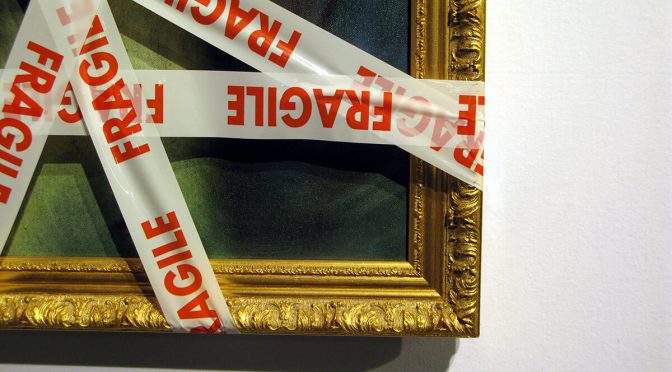


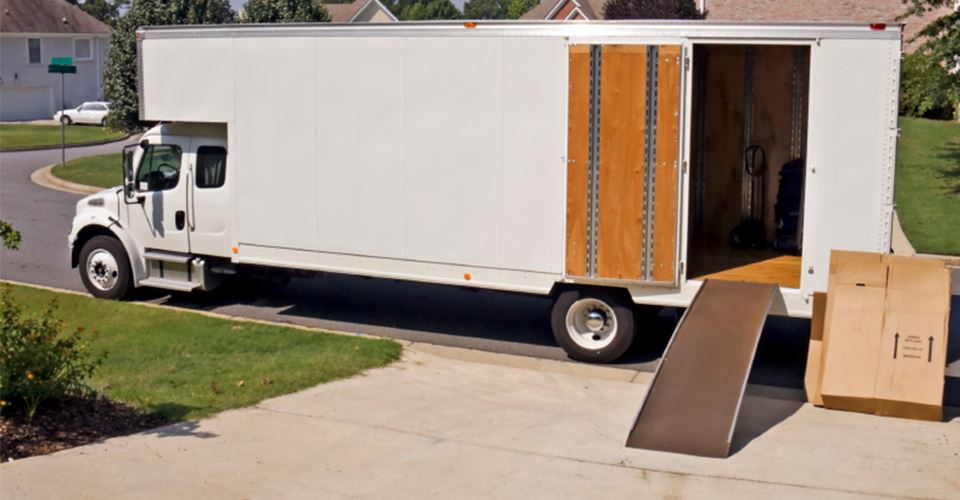

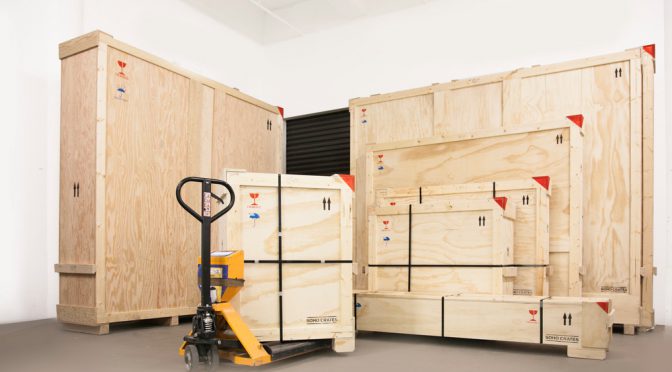


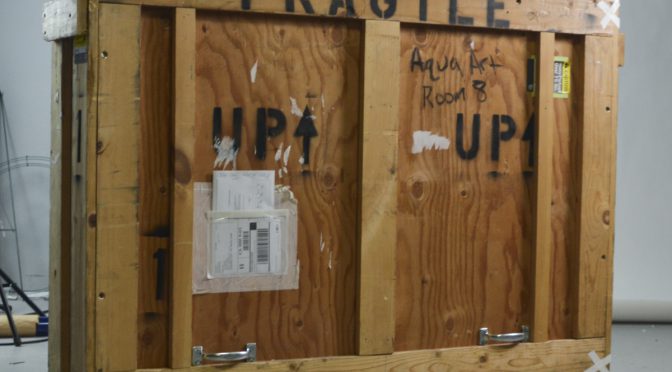
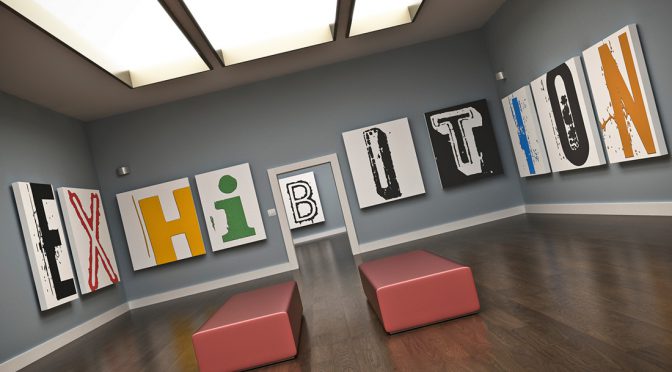
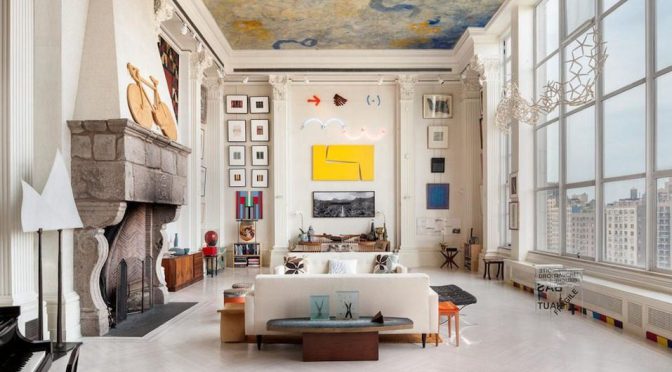
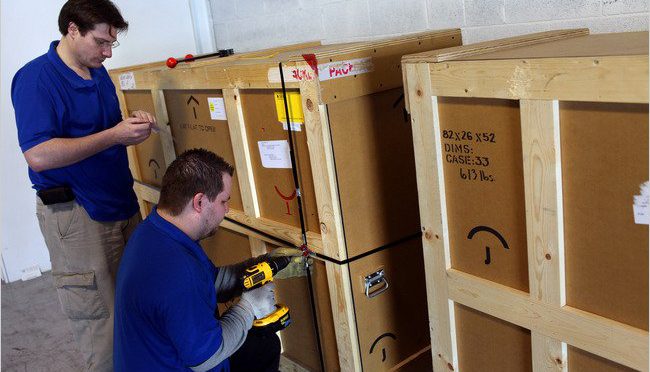



 The transportation of art is a tricky thing, and as fine art transportation insurance leaders we can tell you exactly what you require to know so that your insurance program will be effective and cover you properly. Insurance coverage during
The transportation of art is a tricky thing, and as fine art transportation insurance leaders we can tell you exactly what you require to know so that your insurance program will be effective and cover you properly. Insurance coverage during